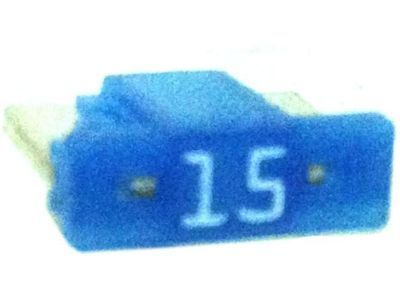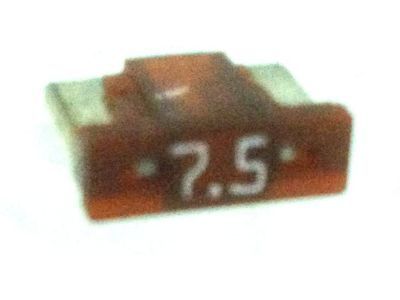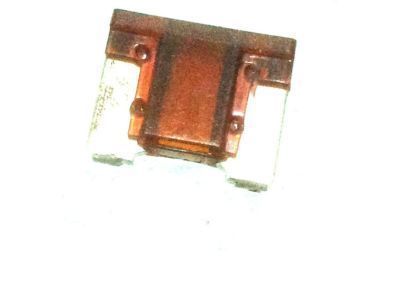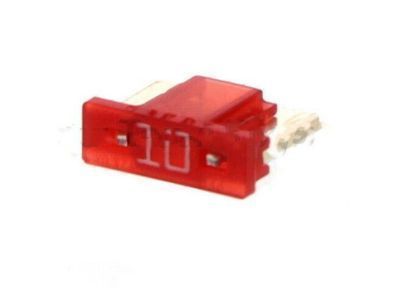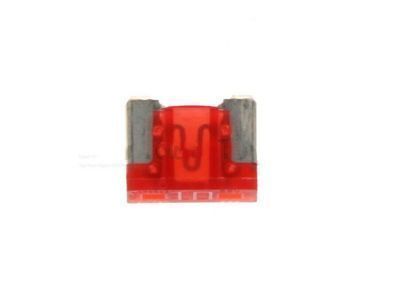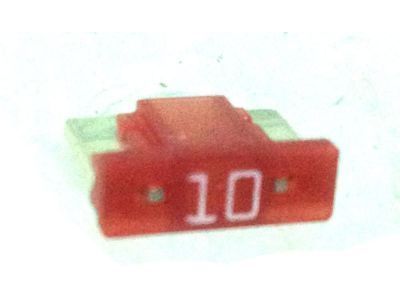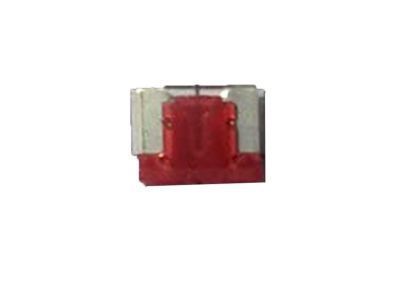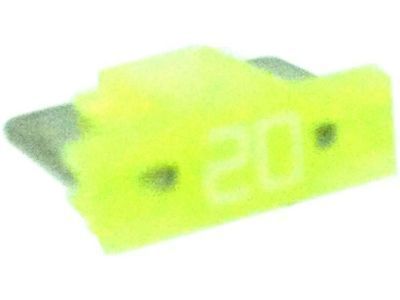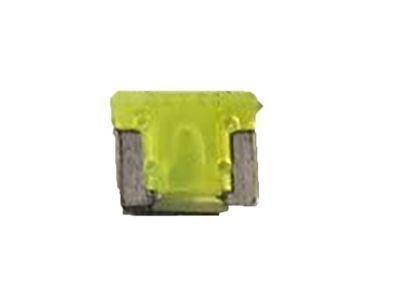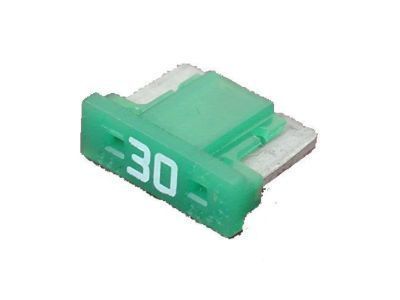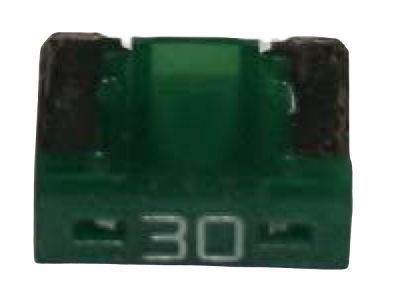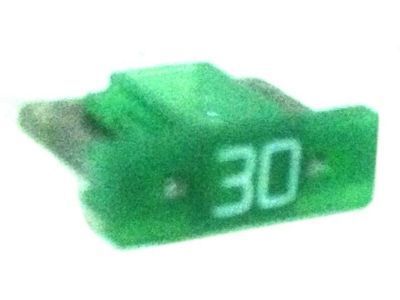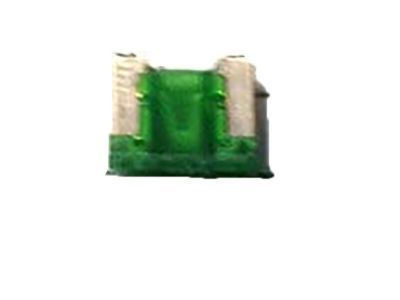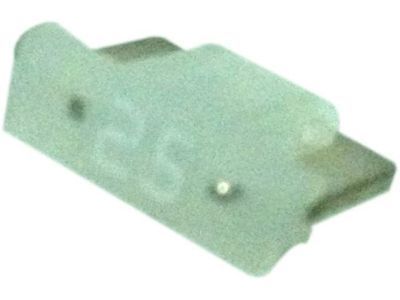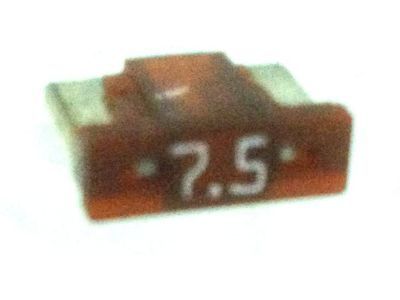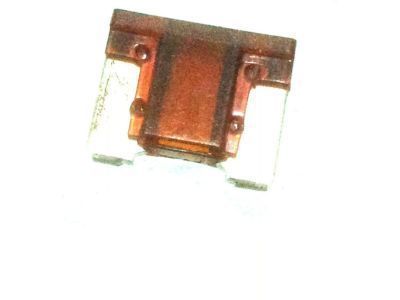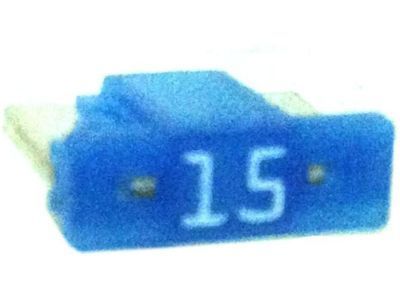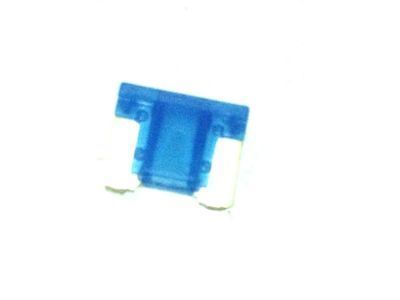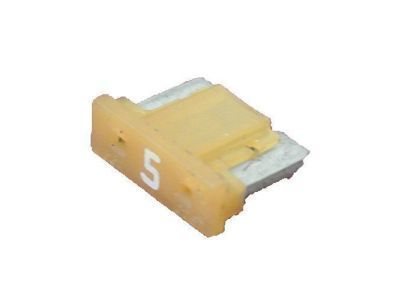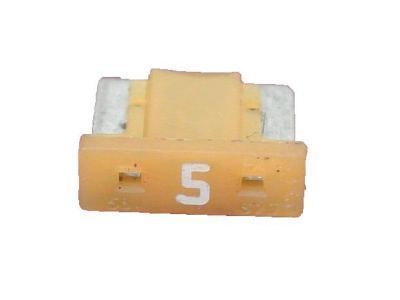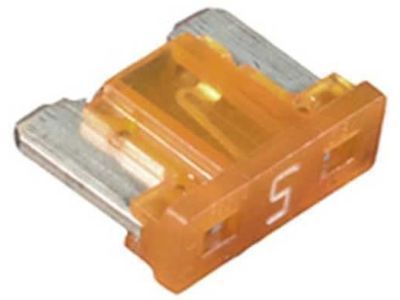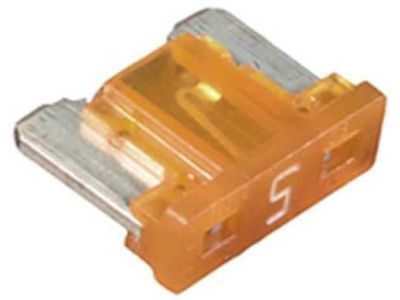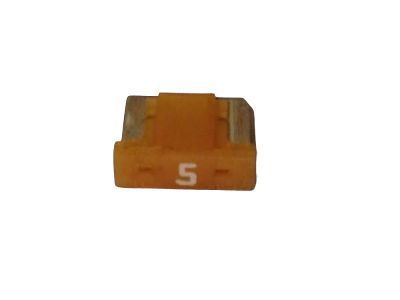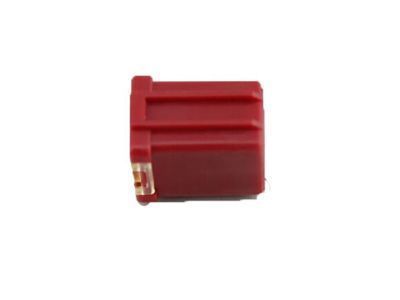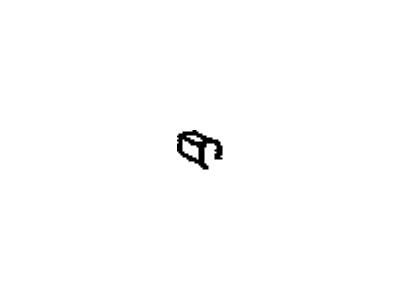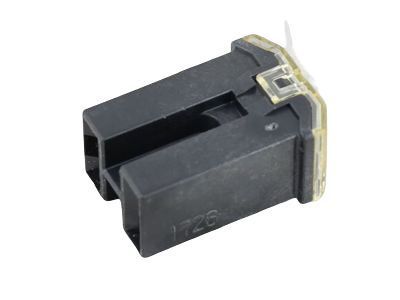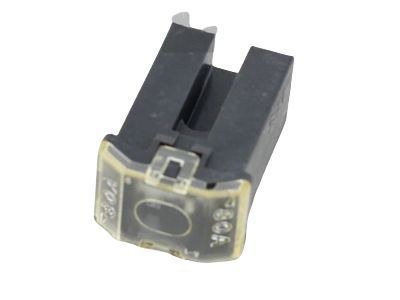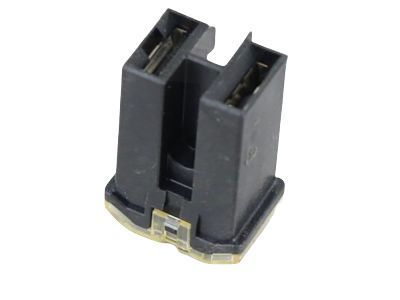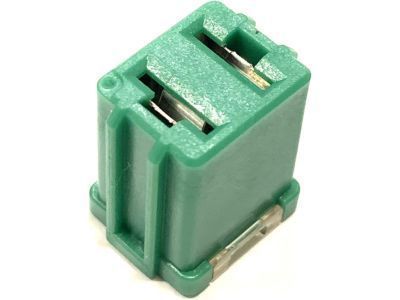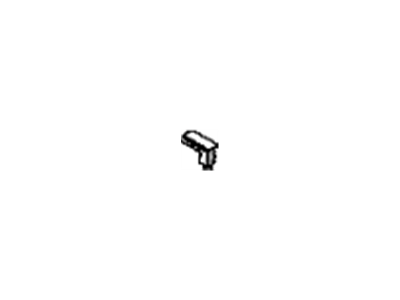

My Garage
My Account
Cart
Genuine Toyota Yaris Fuse
Circuit Fuse- Select Vehicle by Model
- Select Vehicle by VIN
Select Vehicle by Model
orMake
Model
Year
Select Vehicle by VIN
For the most accurate results, select vehicle by your VIN (Vehicle Identification Number).
23 Fuses found
Toyota Yaris Fuse, Mini
Part Number: 90982-09022$2.01 MSRP: $2.82You Save: $0.81 (29%)Ships in 1-3 Business DaysToyota Yaris Fuse, Mini
Part Number: 90982-09020$1.65 MSRP: $2.32You Save: $0.67 (29%)Ships in 1-3 Business DaysToyota Yaris Fuse, Mini
Part Number: 90982-09023$1.65 MSRP: $2.32You Save: $0.67 (29%)Ships in 1-3 Business DaysToyota Yaris Fuse, Mini
Part Number: 90982-09025$1.30 MSRP: $1.82You Save: $0.52 (29%)Ships in 1-3 Business DaysToyota Yaris Fuse, Mini
Part Number: 90982-09024$2.01 MSRP: $2.82You Save: $0.81 (29%)Ships in 1-3 Business DaysToyota Yaris Fuse, Mini
Part Number: 90982-09019$1.30 MSRP: $1.82You Save: $0.52 (29%)Ships in 1-3 Business DaysToyota Yaris Engine Room Fusible Link
Part Number: 90982-08296$13.67 MSRP: $19.11You Save: $5.44 (29%)Ships in 1-3 Business DaysToyota Yaris Engine Room Fusible Link
Part Number: 90982-08295$11.77 MSRP: $16.45You Save: $4.68 (29%)Ships in 1-3 Business DaysToyota Yaris Engine Room Fusible Link
Part Number: 90982-08305$13.67 MSRP: $19.11You Save: $5.44 (29%)Ships in 1-2 Business DaysToyota Yaris Fusible Link
Part Number: 90982-08294$11.77 MSRP: $16.45You Save: $4.68 (29%)Ships in 1-3 Business DaysToyota Yaris Engine Room Fusible Link
Part Number: 90982-08300$13.67 MSRP: $19.11You Save: $5.44 (29%)Ships in 1-3 Business DaysToyota Yaris Engine Room Fusible Link
Part Number: 90982-08306$15.10 MSRP: $21.10You Save: $6.00 (29%)Ships in 1-3 Business DaysToyota Yaris Fuse
Part Number: 90118-WB814$1.25 MSRP: $1.75You Save: $0.50 (29%)Ships in 1-3 Business DaysToyota Yaris Fuse
Part Number: 90118-WB813$0.63 MSRP: $0.88You Save: $0.25 (29%)Ships in 1-3 Business DaysToyota Yaris Fuse
Part Number: 90118-WB812$1.25 MSRP: $1.75You Save: $0.50 (29%)Ships in 1-3 Business DaysToyota Yaris Fuse
Part Number: 90118-WB816$1.08 MSRP: $1.52You Save: $0.44 (29%)Ships in 1-3 Business DaysToyota Yaris Fuse
Part Number: 90118-WB811$1.25 MSRP: $1.75You Save: $0.50 (29%)Ships in 1-3 Business DaysToyota Yaris Fuse
Part Number: 90118-WB815$1.25 MSRP: $1.75You Save: $0.50 (29%)Ships in 1-3 Business DaysToyota Yaris Fuse
Part Number: 90118-WB058$2.40 MSRP: $3.36You Save: $0.96 (29%)Ships in 1-3 Business Days
| Page 1 of 2 |Next >
1-20 of 23 Results
Toyota Yaris Fuse
If you are in demand for superior quality and affordable OEM Toyota Yaris Fuse, then shop with us! We own a wide range of the reduced-priced genuine Toyota Yaris Fuse. You can purchase in confidence as all parts come with a manufacturer's warranty. Any issues with our products? No need to worry as we have a hassle-free return policy to guide you every step of the way.
Toyota Yaris Fuse Parts Questions & Experts Answers
- Q: What are fuses and Relay and how do they function on Toyota Yaris?A:A fuse disconnects a circuit when a certain amount of current flows through it and can be used for safeguard of components and wires and all other forms of wiring from high amounts of current, usually as a result of a fault ,more commonly a short circuit. The primary fuses are arranged in the fuse compartment that is accessed by a panel in the stowage tray in front of the driver's seat; additionally, there are secondary fuses in the second fuse compartment positioned in the engine compartment adjacent to the battery. To gain access to the fuses pull the fusebox lid from the rear of the storage tray forward or remove off the lid of the fuse box on the engine compartment. In case of a blown fuse you will see that the wire of the fuse is either melted or broken. When undertaking the removal of the fuses, it is necessary to turn off the corresponding circuit; preferably, the battery should also be disconnected. An additional action that could be taken if using the thin-nosed pliers is to remove the fuse from wherever it was finding its way. Use a correct fuse rating where a fuse has blown, and never replace it with the wrong or higher one or make temporary connections, as this can result to more severe damage or occasion a fire. The fuses are colour-coded, and have specific ratings noted on the casing while large 'midi' fuses located in the engine compartment fuse box are ideal indications of serious wiring problems if blown. Relays are used for a number of reasons such as change over heavy currents at a remote location, when a device is required to receive many control signals, relay with timers. The relays are in the under-facia fusebox and the engine compartment fusebox, although some models have a relay box additionally. When a circuit which is controlled by a relay gets a fault, switching should provide an audible tone of 'click' if the relay is operational; if the relay do not produce the tone then the relay may not be receiving power or simply a faulty relay. Functional testing can be done by substituting with a know to be good unit, however, care must be taken since some relays look alike but are differ in functionality. To take out a relay, the circuit has to be off, after that, one pulls it out from the slot and plugs it in as a normal practice would prescribe.
